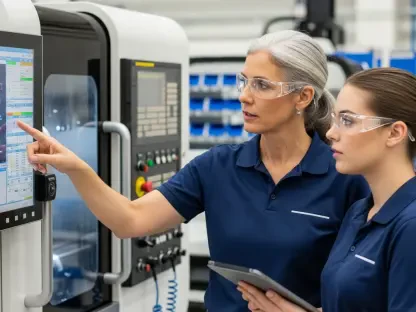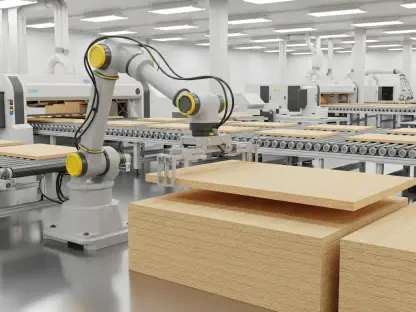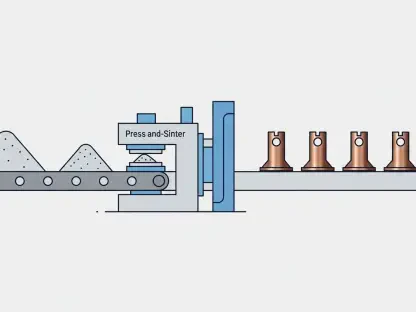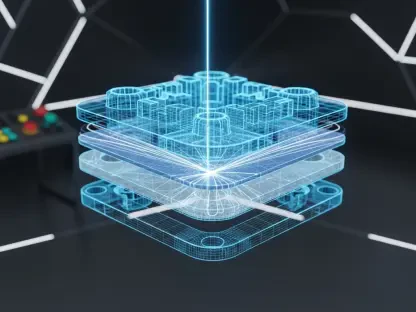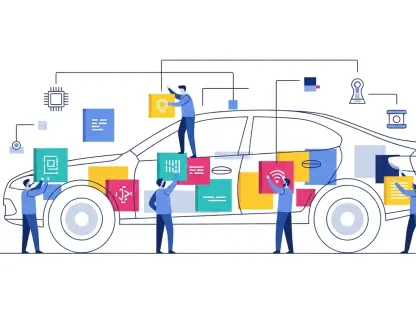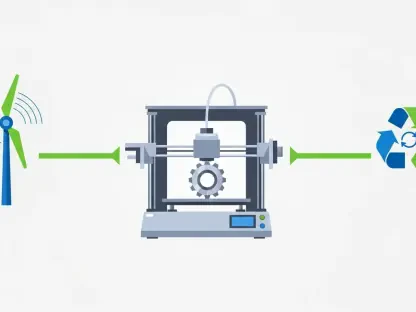Imagine a scenario where a major automotive manufacturer, responsible for thousands of jobs and a sprawling supply chain, grinds to a halt due to a sophisticated cyberattack. Critical systems are compromised, production lines stand still, and smaller suppliers teeter on the brink of collapse, highlighting the urgent need for robust cybersecurity in the automotive sector. This isn’t a hypothetical situation but a stark reality faced by industry giants like Jaguar Land Rover (JLR), spotlighting the critical importance of protecting these systems. As vehicles become increasingly connected and manufacturing processes rely on digital infrastructure, the technology safeguarding these systems has never been more vital. This review delves into the state of cybersecurity technology within the automotive industry, examining its features, performance, and the pressing need for innovation to ensure both consumer safety and industrial stability.
Evolution of Cybersecurity Needs in Automotive Systems
The automotive industry has undergone a dramatic transformation with the rise of connected vehicles and smart manufacturing. Modern cars are no longer just mechanical marvels; they are software-driven ecosystems with infotainment, telematics, and autonomous driving features. This digital shift, while enhancing user experience, has opened new avenues for cyber threats, ranging from unauthorized access to vehicle controls to data breaches that compromise personal information. Cybersecurity technology in this space must address these vulnerabilities to prevent potentially catastrophic outcomes, such as remote hijacking of a vehicle’s critical functions.
Beyond the vehicle itself, manufacturing processes now depend heavily on interconnected digital platforms. Factories operate with automated systems and real-time data exchanges across global supply chains, making them prime targets for ransomware and other disruptive attacks. A single breach can cascade through the network, halting production and causing financial losses across multiple stakeholders. The need for advanced cybersecurity solutions has thus become a cornerstone of maintaining operational continuity in this highly integrated environment.
Key Features of Automotive Cybersecurity Technology
Vehicle System Protection Mechanisms
At the heart of automotive cybersecurity lies the protection of in-vehicle systems, which are increasingly complex and interconnected. Technologies such as encryption and secure over-the-air (OTA) updates play a pivotal role in safeguarding components like electronic control units (ECUs) and communication networks. These mechanisms ensure that software updates, critical for maintaining vehicle functionality, are not exploited by malicious actors to gain unauthorized access or inject harmful code.
Another essential feature is intrusion detection systems (IDS) tailored for automotive applications. These systems monitor network traffic within a vehicle to identify anomalies that might indicate a cyberattack, such as unusual data patterns or unauthorized access attempts. By providing real-time alerts, IDS technology helps manufacturers and vehicle owners respond swiftly to potential threats, minimizing the risk of broader system compromise.
A critical aspect often overlooked is the user interface security within infotainment systems. As these interfaces connect to external devices and cloud services, they become potential entry points for hackers. Robust authentication protocols and secure data handling practices are vital features of cybersecurity technology, ensuring that personal data remains protected even as connectivity enhances the driving experience.
Securing Manufacturing and Supply Chain Networks
On the industrial side, cybersecurity technology focuses on protecting manufacturing systems and supply chains from digital disruptions. Advanced firewalls and endpoint security solutions are deployed to shield factory automation systems from external threats like malware or phishing attacks that could interrupt production. These tools are designed to detect and block suspicious activities before they infiltrate sensitive operational networks.
Supply chain protection is equally crucial, given the interconnected nature of automotive production. Secure data exchange platforms ensure that information shared between manufacturers and suppliers remains confidential and tamper-proof. Blockchain technology is emerging as a promising feature in this area, offering a decentralized way to verify transactions and data integrity across multiple parties, reducing the risk of fraud or interception.
Moreover, incident response frameworks form a key component of industrial cybersecurity. These systems enable rapid identification and mitigation of breaches, minimizing downtime in the event of an attack. By integrating automated recovery processes and regular security audits, manufacturers can maintain resilience against evolving threats that target their digital infrastructure.
Performance Analysis of Current Cybersecurity Solutions
Evaluating the performance of cybersecurity technology in the automotive sector reveals both strengths and significant gaps. On the vehicle side, encryption and OTA update security have proven effective in preventing many remote attacks, with major manufacturers implementing these solutions to protect critical systems. However, the rapid pace of software development often outstrips security updates, leaving vulnerabilities in older vehicle models that may not receive timely patches.
In manufacturing environments, endpoint security and firewalls have successfully thwarted numerous attempted breaches, especially in larger firms with substantial IT budgets. Yet, smaller suppliers within the supply chain often lack the resources to adopt these technologies at scale, creating weak links that attackers can exploit to disrupt the broader network. This disparity in implementation highlights a critical performance issue: uneven protection across the ecosystem.
Real-world incidents further underscore performance challenges. A notable cyberattack on a leading UK manufacturer disrupted global production lines, affecting thousands of jobs and exposing systemic vulnerabilities in digital infrastructure. While government-backed financial interventions provided temporary relief, the incident revealed that current cybersecurity solutions are often reactive rather than proactive, struggling to anticipate sophisticated threats in an increasingly complex threat landscape.
Emerging Innovations and Industry Response
The automotive industry is witnessing a surge in innovative cybersecurity approaches aimed at addressing these performance shortcomings. Artificial Intelligence (AI)-driven threat detection is gaining traction, leveraging machine learning to predict and neutralize potential attacks before they materialize. This technology analyzes vast amounts of data to identify patterns indicative of cyber threats, offering a forward-looking defense mechanism that traditional systems lack.
Regulatory frameworks are also evolving to enforce stricter cybersecurity standards. Governments and industry bodies are collaborating to establish global benchmarks for vehicle and manufacturing security, ensuring that manufacturers prioritize robust protections. These regulations aim to create a unified approach, reducing discrepancies in security practices across regions and fostering greater accountability among stakeholders.
Industry collaboration is another promising development. Major manufacturers are partnering with tech firms and cybersecurity experts to share threat intelligence and develop collective defenses. This cooperative model not only enhances individual company security but also strengthens the entire sector against systemic risks, as seen in initiatives to support smaller suppliers with affordable security tools and training.
Conclusion
Reflecting on this technology review, it becomes evident that while cybersecurity in the automotive sector has made significant strides, substantial challenges persist in safeguarding connected vehicles and industrial systems. The journey reveals a landscape where encryption, intrusion detection, and emerging AI tools offer robust defenses, yet uneven adoption and reactive strategies often leave vulnerabilities exposed. Looking ahead, the industry must prioritize proactive innovation, focusing on scalable solutions that smaller suppliers can adopt to fortify the supply chain. Strengthening global regulatory standards and fostering deeper collaboration between manufacturers and tech experts emerge as critical next steps to anticipate threats rather than merely respond to them. Ultimately, investing in cutting-edge cybersecurity technology over the coming years, from now through 2027, stands out as essential to ensuring consumer safety, operational continuity, and trust in an increasingly digital automotive world.


